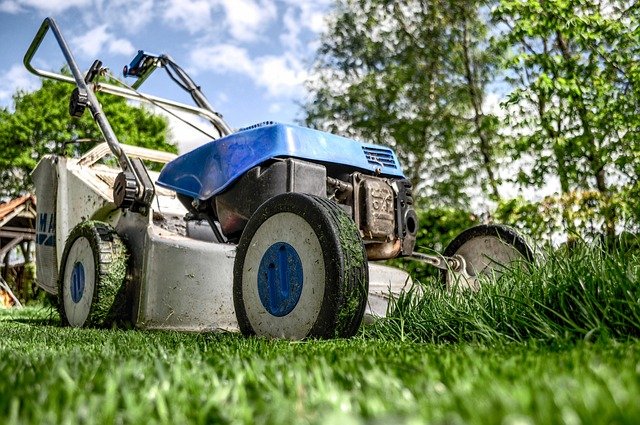Sprinkler Systems: Efficient Irrigation for Lush Landscapes
A well-designed sprinkler system is the backbone of a thriving garden and landscape. These automated irrigation systems provide a consistent and efficient way to water plants, lawns, and other vegetation, ensuring they receive the right amount of moisture at the right time. Sprinkler systems not only save time and effort but also contribute to water conservation and the overall health of your outdoor spaces.

Modern sprinkler systems often incorporate smart technology, allowing for precise scheduling and water management based on factors such as weather conditions, soil moisture levels, and plant types. This level of control ensures that your landscape receives optimal irrigation while minimizing water waste.
What are the benefits of installing a sprinkler system?
Installing a sprinkler system offers numerous advantages for both residential and commercial properties. One of the primary benefits is water conservation. By delivering water directly to where it’s needed and at the most appropriate times, sprinkler systems can significantly reduce water usage compared to manual watering methods.
Additionally, sprinkler systems save time and effort. Instead of spending hours manually watering your garden or lawn, you can rely on the automated system to handle this task efficiently. This not only frees up your time but also ensures consistent watering even when you’re away or during busy periods.
Sprinkler systems also contribute to healthier plants and landscapes. By providing consistent and targeted irrigation, they help maintain optimal soil moisture levels, promoting strong root growth and overall plant health. This can result in lusher lawns, more vibrant flowers, and healthier trees and shrubs.
What types of sprinkler systems are available?
There are several types of sprinkler systems available, each designed to meet different landscaping needs:
-
Pop-up sprinklers: These are the most common type for lawns. They remain hidden underground when not in use and rise up when activated to spray water over a designated area.
-
Rotary sprinklers: Ideal for larger areas, these sprinklers rotate to distribute water in a circular pattern.
-
Drip irrigation systems: These deliver water directly to the base of plants through a network of small tubes, minimizing water waste and reducing evaporation.
-
Micro-spray systems: Similar to drip irrigation but with small spray heads, these are suitable for flower beds and areas with densely planted vegetation.
-
Impact sprinklers: These traditional sprinklers are known for their distinctive sound and are often used in agricultural settings or large open areas.
How do I choose the right sprinkler system for my landscape?
Selecting the appropriate sprinkler system depends on several factors, including the size and layout of your landscape, the types of plants you have, local climate conditions, and your specific watering needs. To make the best choice:
-
Assess your landscape: Consider the size of your property, the different zones (lawn, flower beds, vegetable gardens), and any slopes or unique features.
-
Evaluate your plant types: Different plants have varying water requirements. Group plants with similar needs together to optimize watering efficiency.
-
Consider your climate: Local weather patterns, rainfall, and temperature ranges will influence your irrigation needs.
-
Consult with professionals: A landscaping or irrigation expert can help design a system tailored to your specific requirements and provide valuable insights into local regulations and best practices.
How can I maintain my sprinkler system for optimal performance?
Regular maintenance is crucial for keeping your sprinkler system functioning efficiently. Here are some key maintenance tasks:
-
Inspect regularly: Check for leaks, damaged sprinkler heads, or misaligned sprayers.
-
Clean sprinkler heads: Remove debris that may clog nozzles and affect spray patterns.
-
Adjust sprinkler heads: Ensure they’re properly aligned to avoid watering sidewalks or driveways.
-
Test the system: Run through each zone to verify proper operation and coverage.
-
Winterize: In colder climates, drain the system before freezing temperatures arrive to prevent damage.
-
Update your controller: Adjust watering schedules seasonally and consider upgrading to a smart controller for more efficient water management.
By following these maintenance steps, you can extend the life of your sprinkler system and ensure it continues to provide effective irrigation for your landscape.
Implementing a well-designed sprinkler system is an investment in the health and beauty of your outdoor spaces. With proper planning, installation, and maintenance, you can enjoy a lush, vibrant landscape while conserving water and minimizing your workload. Whether you’re maintaining a small garden or managing extensive grounds, a sprinkler system can be tailored to meet your specific irrigation needs, helping you create and sustain the outdoor environment you desire.






